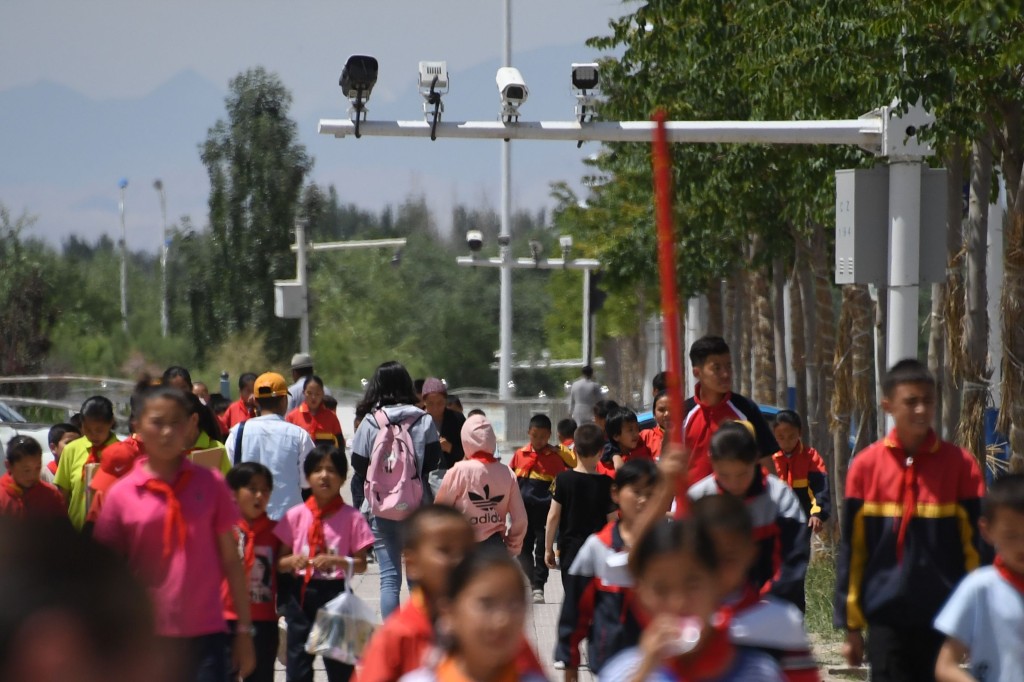Early Warning in Atrocity Scenarios Must Account for the Effects of Technology, Good or Bad
newsletter via Feeds on Inoreader 2024-11-19
Summary:

(Editor’s Note: This article is part of the Just Security symposium “Thinking Beyond Risks: Tech and Atrocity Prevention,” organized with the Programme on International Peace and Security (IPS) at the Oxford Institute for Ethics, Law and Armed Conflict.)
The potential impact of technology on mass atrocity scenarios has long raised questions for experts and policymakers in the field of atrocity prevention. In the two decades since the adoption of the Responsibility to Protect norm and the emergence of atrocity prevention as a discipline, developments in the “digital revolution” and the advent of the “information age” have influenced atrocity scenarios in countless ways, both positively and negatively.
Yet, despite its clear and growing importance, the subject remains underexplored and poorly understood. While the field better understands how different technologies relate to atrocities, a lack of systematic engagement with the topic and its many nuances still leaves major knowledge gaps, making it difficult to fully and constructively harness technology for prevention or to mitigate its harmful effects.
This is especially evident in atrocity early warning, which largely lacks a tech perspective. Many – though not all – of the frameworks that experts regularly rely on for early warning (such as the 2014 U.N. Framework of Analysis on Atrocity Crimes) were developed before the advent and widespread adoption of technologies now commonly present in atrocities scenarios. As technology becomes ever-more pervasive, understanding its impact on atrocity dynamics is urgent.
Crucially, technology cuts both ways in atrocity scenarios. While it can play an important role in supporting prevention and response – particularly in monitoring and accountability efforts – technology can also increase risks, including by enhancing perpetrators’ capacity to commit atrocity crimes, creating the enabling circumstances for atrocities, and amplifying possible trigger factors. Given these dynamics, accounting for the impact of technology in early warning frameworks is crucial for a nuanced understanding of atrocity risks.
Technology’s Potential for Prevention and Response
Various forms of widely available technology have become essential to prevention and response efforts, particularly by civil society groups. This includes geospatial intelligence, remote sensing, online open-source intelligence (OSINT), and documentation technologies ranging from simple photo cameras to specialized documentation software. In particular, these technologies are often used today to assist with monitoring, documentation, and accountability efforts, along with other investigative methods such as human testimony, forensics, social network analysis, and big data analytics.
Such technologies have already proven their worth. They have helped to identify the construction and use of military installations (as well as political prison camps and mass detention facilities) and facilitated tracking the movements of military convoys, weapons, militias, and wartime smuggling operations. Moreover, they have helped document and geolocate violent incidents, identify perpetrators and